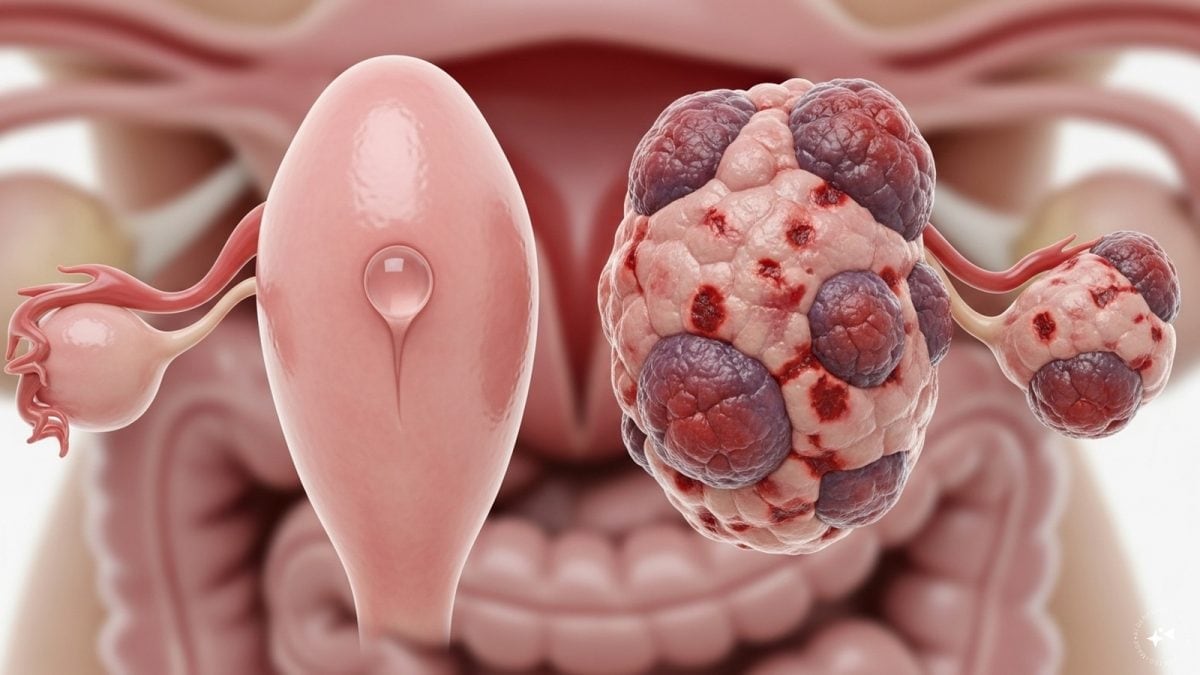Have you ever been called ‘hormonal’? Has an irate colleague ever asked if you’re ‘PMSing’? It’s no secret that women face gender discrimination wherever they go. But, chances are, people who use terms like these to ridicule women have no idea what these words actually mean. The hormones “Menstruation takes up just a few days in a month; there’s a whole range of hormones that need to do their job before we get to this point,” said Dr Archana Nirula, a senior gynaecologist associated with myUpchar. “Most people know about estrogen, and that’s it.”  Here’s a comprehensive guide on female hormones: Estrogen is responsible for the maintenance of the menstrual cycle. Rise and fall in estrogen levels determine the phase of the monthly cycle. It also prepares the uterus for fertilisation - so it can bear the embryo and promotes the development and maintenance of secondary sexual characters in females such as breasts, pubic hair and armpit hair. Progesterone is secreted in the latter half of the menstrual cycle. It mainly aids estrogen in preparing the female body for pregnancy and ensures that the gestation reaches full term. Gonadotropins, including luteinising hormone (LH) and follicle-stimulating hormone (FSH), play an important role in the development of gonads and the maturation and release of ovarian follicles at the time of ovulation. Gonadotropin-releasing hormone controls the production of LH and FSH hormones like prolactin, oxytocin, relaxin and human chorionic gonadotropin (HCG). These hormones are released at different times during pregnancy and childbirth, to make the whole process a bit easier. Testosterone determines sex drive in women and helps in the production of new blood cells. An excess of testosterone in women can lead to frontal balding, increase in muscle mass and enlarged clitoris. Lower than normal testosterone levels can lead to lower sex drive and satisfaction, depressed mood, lethargy and muscle weakness. In her paper, ‘Menstrual cycle: Basic biology’, published in the journal Annals of the New York Academy of Sciences, Dr Shannon M. Hawkins, associate professor of obstetrics and gynaecology at Baylor College of Medicine, Texas, U.S., explained that the menstrual cycle is sensitive; it is easily disturbed by environmental and lifestyle factors like stress, excessive exercise, eating disorders and obesity. Of course, heredity and chromosomal disorders may also lead to hormonal imbalance. The imbalances Apart from the monthly cycle, major hormonal changes occur at various stages in a woman’s life, making her prone to imbalance. These include puberty, menarche, pregnancy and menopause. Apart from this, medical conditions such as polycystic ovarian syndrome (PCOS), birth control medications and ovarian cancer can also lead to hormonal imbalances. PCOS is the most common cause of disbalances in female hormones. As per the National Health Portal of India, it is also the culprit in most cases of female infertility. Irrespective of the age and cause, hormonal imbalances show up in the form of:
- Irregular periods
- Acne
- Infertility
- Weight gain
- Hair loss
- Hot flashes
- Insomnia
The diagnosis Hormonal imbalance is mainly diagnosed through clinical symptoms, following which various tests are recommended to assess the exact levels of various hormones. Some of these tests include:
- Estradiol test, to check for estrogen levels
- Serum progesterone test
- Testosterone test
- HCG test
Interestingly, the levels of all of these hormones vary depending on the woman’s age and the phase of the reproductive cycle she is in at the time of testing. Fluctuations — either higher or lower than the normal levels of hormones — are used to determine the underlying cause of the imbalance and the line of treatment to correct it. The treatment Treatment usually depends on the underlying condition. Hormonal imbalances are generally treated through:
- Contraceptives can help to correct menstrual irregularities and are administered in the form of pills. Though patches, rings and injections may also be used.
- Hormone replacement therapy is usually given to menopausal women and involves the introduction of female hormones to make up for the ones that menopausal women no longer produce.
- Anti-androgen drugs are given to women with excess testosterone. These drugs help suppress male sexual characters such as facial hair and deep voice that occur due to high testosterone levels in women. Also, they help reduce acne.
- Ovulation inducers help with the process of ovulation. These drugs are also given to women suffering from PCOS, to help them conceive.
Health articles in Firstpost are written by myUpchar.com, India’s first and biggest resource for verified medical information. At myUpchar, researchers and journalists work with doctors to bring you information on all things health. To know more on this topic, please visit https://www.myupchar.com/en/women-health/hormones-ka-mahatva-mahila-swasthy-ke-liye-in-hindi


)

)
)
)
)
)
)
)
)



